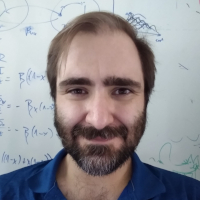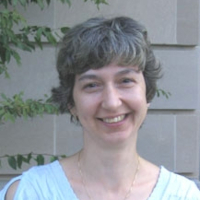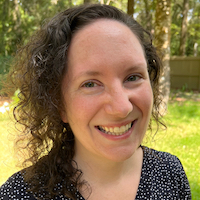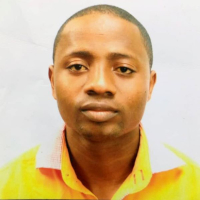Daniel A. Cruz (UF Laboratory for Systems Medicine)
423 Little HallData Assimilation in Medical Models and Digital Twins One of the growing areas of interest in the context of biological and medical models is the question of how to personalize a model to a target organism or patient in order to improve model predictions. This question is inherently tied to data assimilation (DA): the process …









